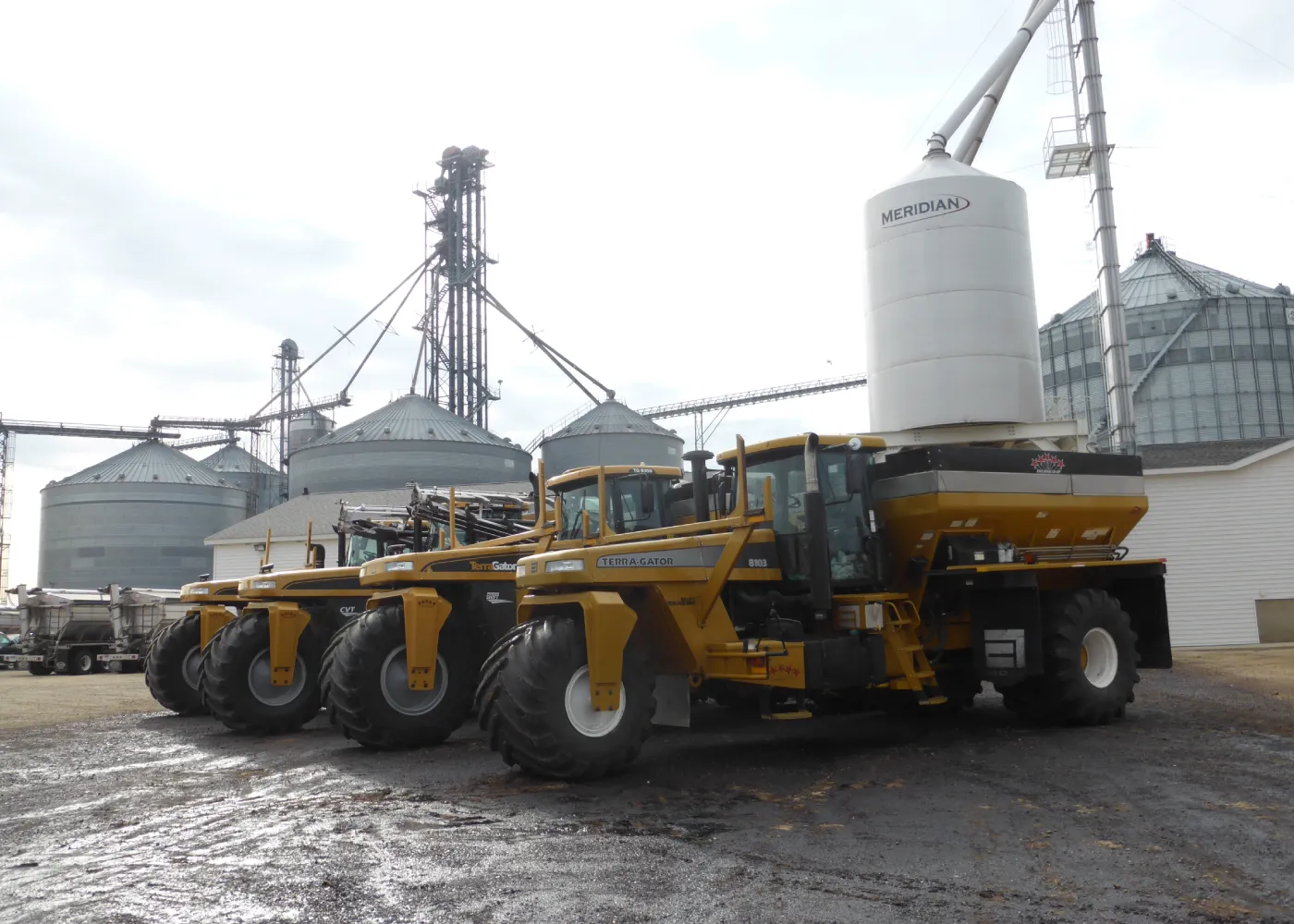In recent years, the agricultural sector has witnessed a technological revolution that is transforming traditional farming practices. As the global population continues to grow, the demand for food increases, necessitating innovative approaches to maximize crop yields, improve efficiency, and promote sustainability. The Agricultural Technology Showcase serves as a platform to highlight these advancements, demonstrating how modern technology is reshaping the way we farm.
The Importance of Agricultural Technology
Agricultural technology encompasses a broad range of tools and techniques designed to enhance farming productivity and sustainability. From precision farming and automation to biotechnology and data analytics, these innovations address various challenges faced by farmers today. The benefits of implementing agricultural technology are manifold, including increased efficiency, reduced labor costs, improved crop health, and enhanced decision-making capabilities.
1. Precision Agriculture
One of the most significant advancements in agricultural technology is precision agriculture. This approach utilizes data-driven insights to optimize field-level management regarding crop farming. By employing GPS technology, sensors, and drones, farmers can monitor and analyze their fields with remarkable accuracy.
Implementation: For instance, GPS-guided tractors can plant seeds at precise intervals, ensuring optimal spacing and reducing seed wastage. Soil sensors provide real-time data on moisture levels, enabling farmers to make informed irrigation decisions. By applying water and nutrients only where needed, farmers can enhance crop yields while conserving resources.
2. Drones and Aerial Imaging
Drones have become increasingly popular in agriculture, offering a bird’s-eye view of the fields. These unmanned aerial vehicles can capture high-resolution images and data, providing valuable insights into crop health and field conditions.
Application: Farmers can use drones for crop monitoring, identifying areas affected by pests, diseases, or nutrient deficiencies. Aerial imaging allows for quick assessments, enabling farmers to address issues before they escalate. Additionally, drones can assist in precision spraying, applying fertilizers or pesticides in targeted areas, thus minimizing chemical use and protecting the environment.
3. Automation and Robotics
Automation is another critical area of agricultural technology that is revolutionizing farming operations. Robotics and automated machinery are designed to streamline labor-intensive tasks, increasing efficiency and reducing reliance on human labor.
Examples: Automated tractors and harvesters can perform tasks such as planting, cultivating, and harvesting with minimal supervision. Robotic systems for tasks like weeding or fruit picking are also gaining traction, allowing farmers to focus on more strategic aspects of their operations. By integrating automation, farms can operate more efficiently and adapt to labor shortages in the agricultural sector.
4. Biotechnology and Genetic Engineering
Biotechnology plays a vital role in developing crops that are resistant to pests, diseases, and adverse environmental conditions. Genetic engineering has led to the creation of genetically modified organisms (GMOs) that can thrive in challenging conditions, ultimately improving food security.
Benefits: For example, drought-resistant crops can withstand periods of low rainfall, reducing the risk of crop failure. Similarly, pest-resistant varieties can decrease the need for chemical pesticides, promoting sustainable farming practices. By harnessing the power of biotechnology, farmers can produce more resilient crops while minimizing their environmental impact.
5. Data Analytics and Farm Management Software
With the increasing amount of data generated in agriculture, the use of data analytics and farm management software has become essential. These tools help farmers analyze data related to weather patterns, soil conditions, crop yields, and market trends.
Impact: By leveraging data analytics, farmers can make informed decisions regarding crop selection, planting schedules, and resource allocation. Farm management software also enables better financial planning and resource management, ensuring that farmers maximize their returns on investment.

0 Comments